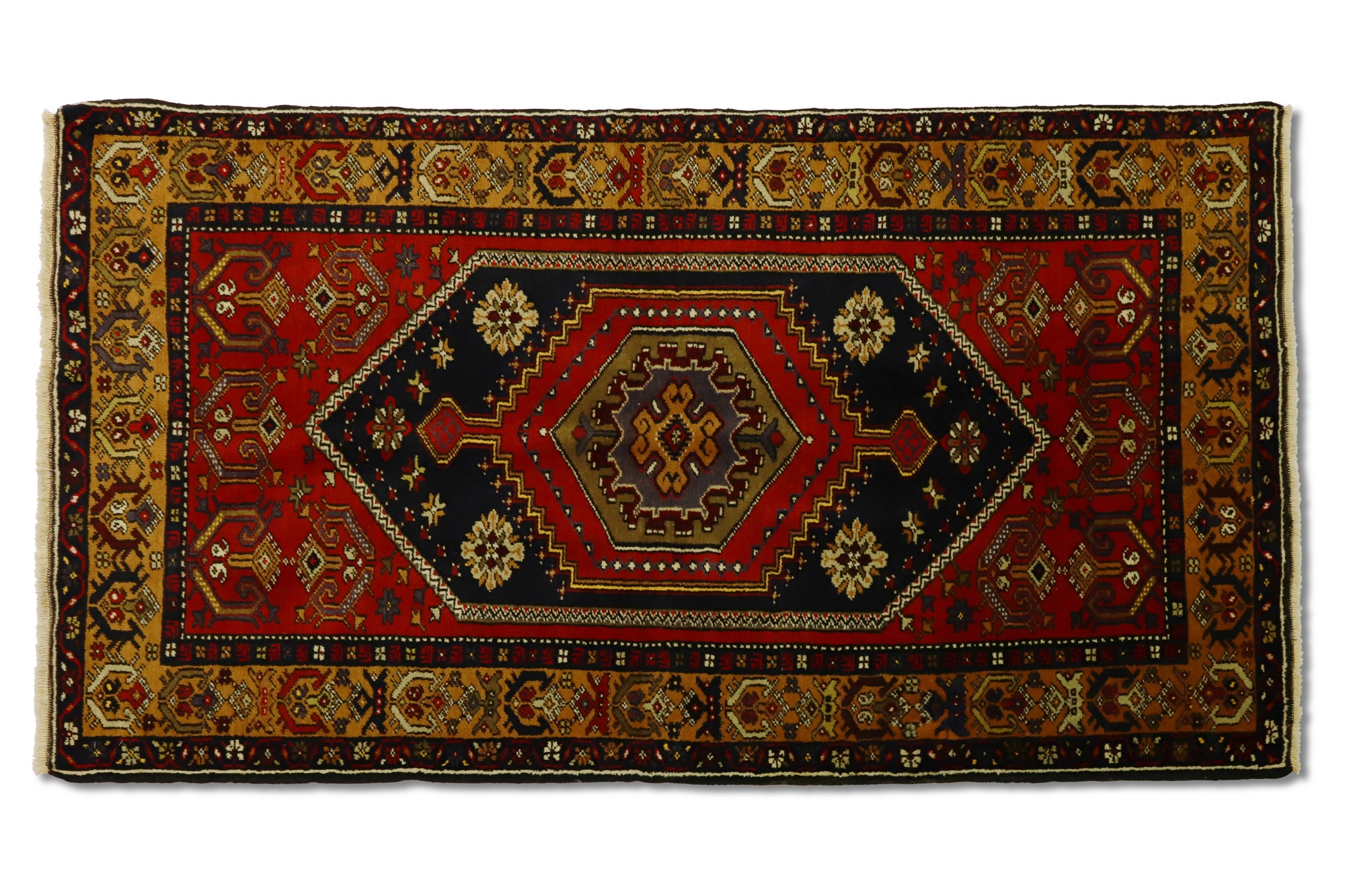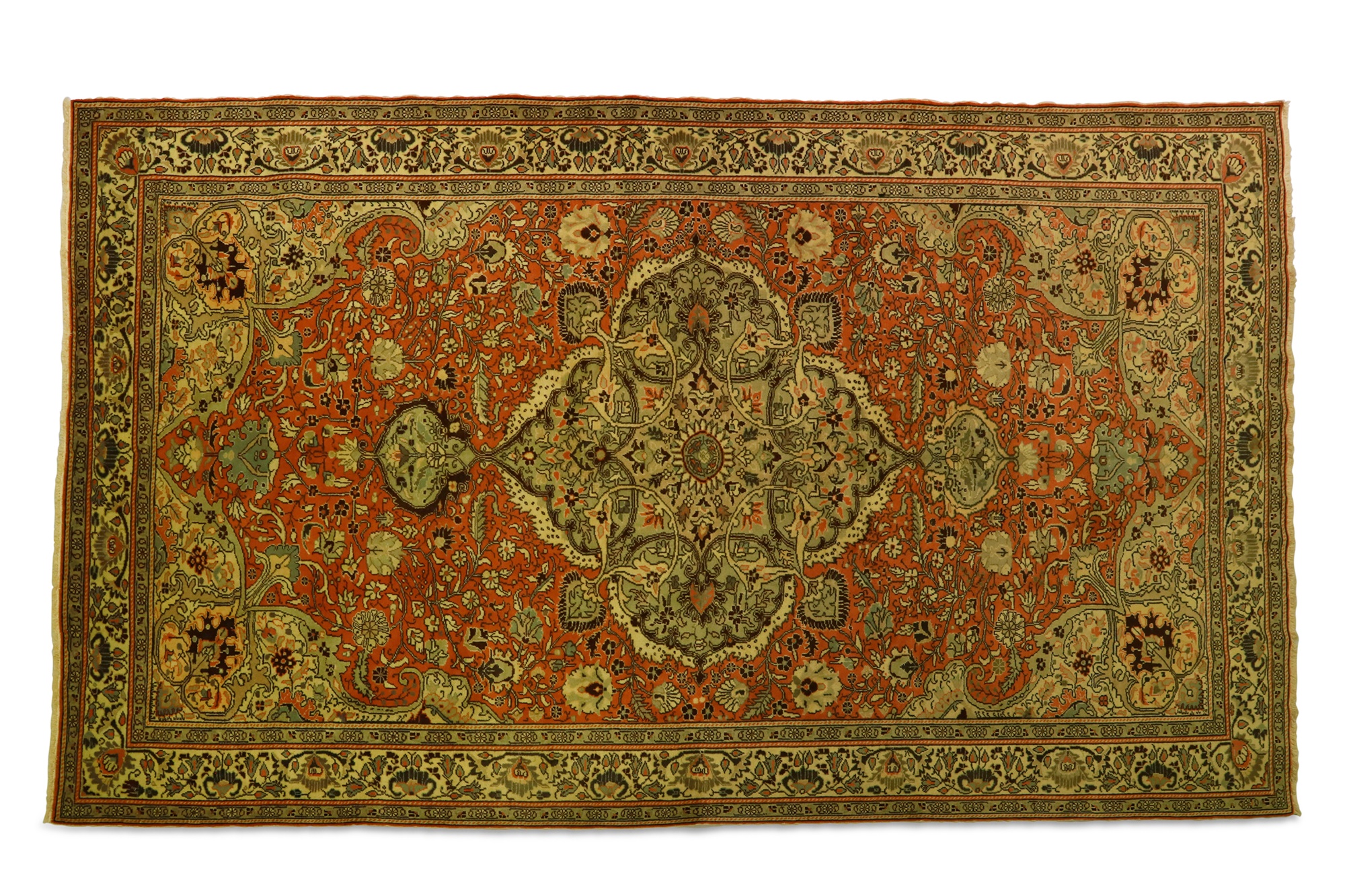A History of Turkish Rugs
Rugs are a significant part of Turkish culture and have been for thousands of years.
29/09/2023 Artworks
Rugs are a significant part of Turkish culture and have been for thousands of years. Carpets were essentials for the earliest Turkish people as they were nomads; they were moving from place to place, living in tents, because of this they needed the carpets and rugs to function as makeshift floors. Initially, rugs were used for functionality, and it was at a later stage that decoration was incorporated.
Turkish rugs have been attractive to art lovers for centuries, all the way back to the beginning of the 14th century. During the Golden Age of painting, Dutch artists were particularly interested in painting domestic scenes, and both compositions of the public and private sphere. One of the recurring background objects in these paintings was the inclusion of Turkish rugs. These genre paintings would often feature a young woman sewing, reading a letter, or learning to play a musical instrument, while either plainly thrown over a table or discretely hidden, a Turkish rug would often be included. These rugs displayed an air of wealth and luxury, be that understated or audacious, as it indicated that the figures in the painting had the means to acquire such goods. Around the 16th century, numbers of rugs were being sewn together to create large carpets that would cover the floors of mosques.
The rugs we have in this auction are Kayseri rugs, which can be divided into two categories: Bunyan and Yahyali. The warp of a Bunyan rug is cotton while the weave is wool, but in a Yahyali rug, both the warp and the weave are wool. The quickest way to differentiate the two types of Kayseri rugs is by their visual design. Bunyan rugs have a focal point, usually showing geometric motifs, but can also be categorised into groups of motifs, for example, floral motif groups. The border of a Bunyan rug can be anywhere from 3 to 8 rows. Yahyali carpets have much darker and richer colours than other Turkish carpets due to the climate in which the plants are grown that are used to dye the wool. Yahyali rugs can be further categorised by their pattern types: Arched, Hubli, Mihrab, Dabazli, and inner-core. The border is lesser than that of a Bunyan rug as it is only 2 - 3 rows.
No matter what style you choose, an authentic hand-made Turkish rug will always make a wonderful addition to any home, bringing warmth and opulence wherever it lays.

